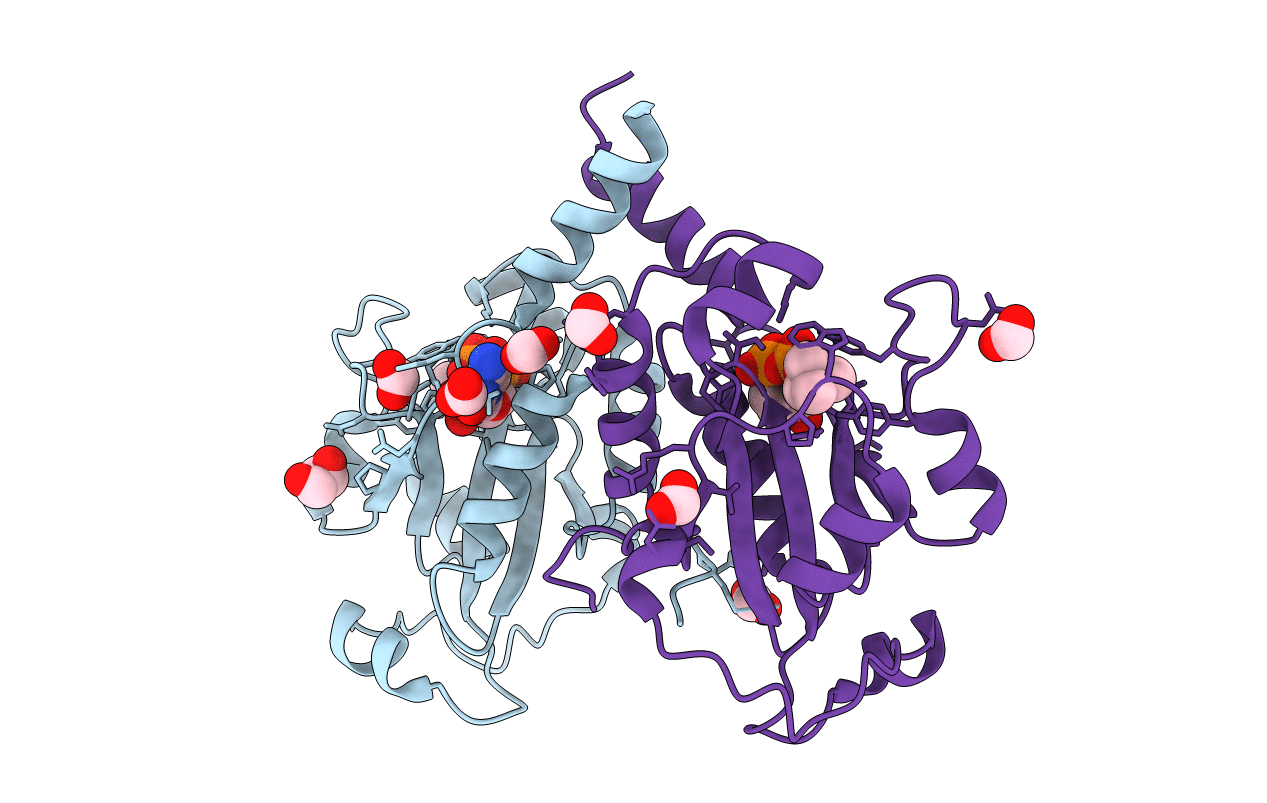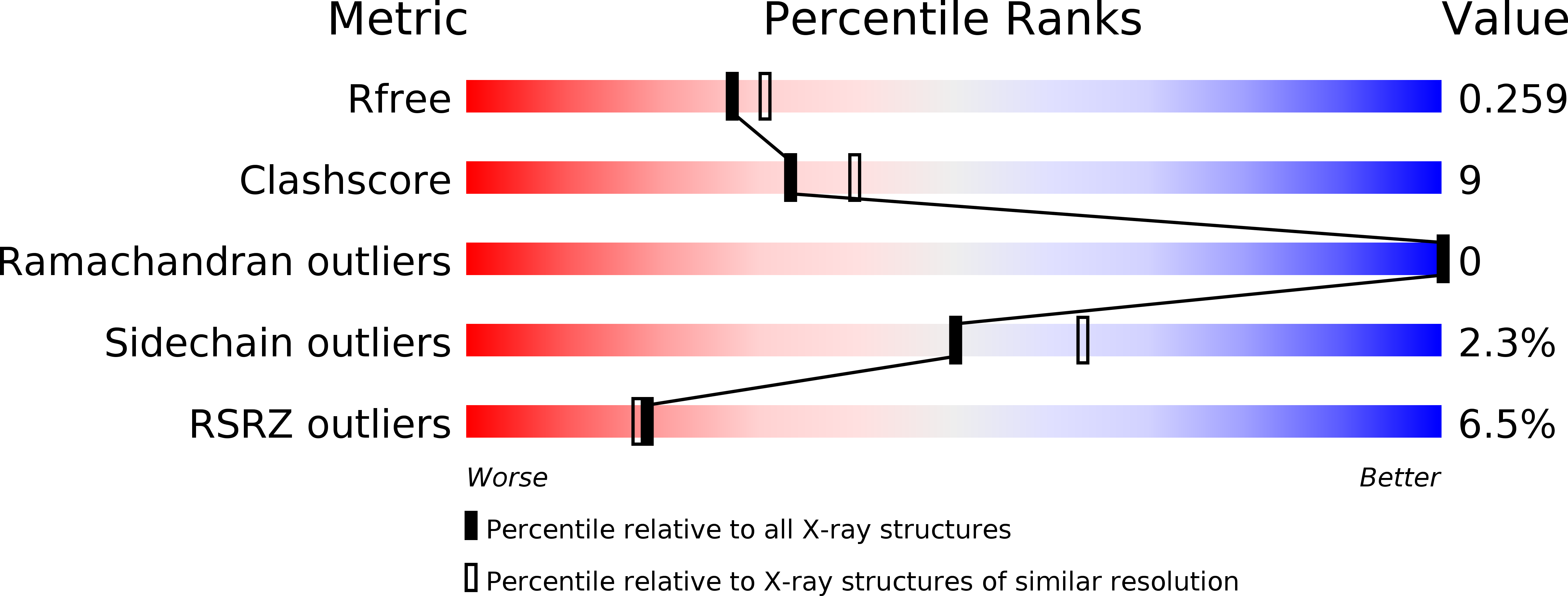
Deposition Date
2009-05-26
Release Date
2009-09-22
Last Version Date
2024-02-21
Entry Detail
PDB ID:
3HL4
Keywords:
Title:
Crystal structure of a mammalian CTP:phosphocholine cytidylyltransferase with CDP-choline
Biological Source:
Source Organism:
Rattus norvegicus (Taxon ID: 10116)
Host Organism:
Method Details:
Experimental Method:
Resolution:
2.20 Å
R-Value Free:
0.26
R-Value Work:
0.22
R-Value Observed:
0.22
Space Group:
P 21 21 2


